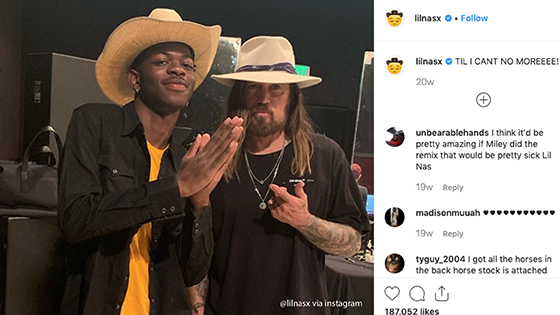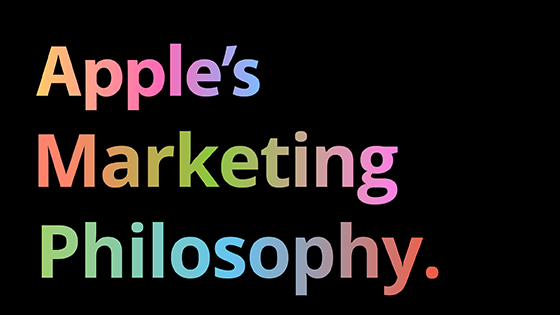Lil Nas X Teaches You How to Grow Your Business.
I have a Twitter account, but I rarely look at it. I don’t teach anything about Twitter marketing (though the basic principles I use and teach apply there). But even I can’t resist the story of Lil Nas X and how he became an (almost) overnight celebrity 140(+) characters at a time. Enter Lil Nas […]
Lil Nas X Teaches You How to Grow Your Business. Read More »



